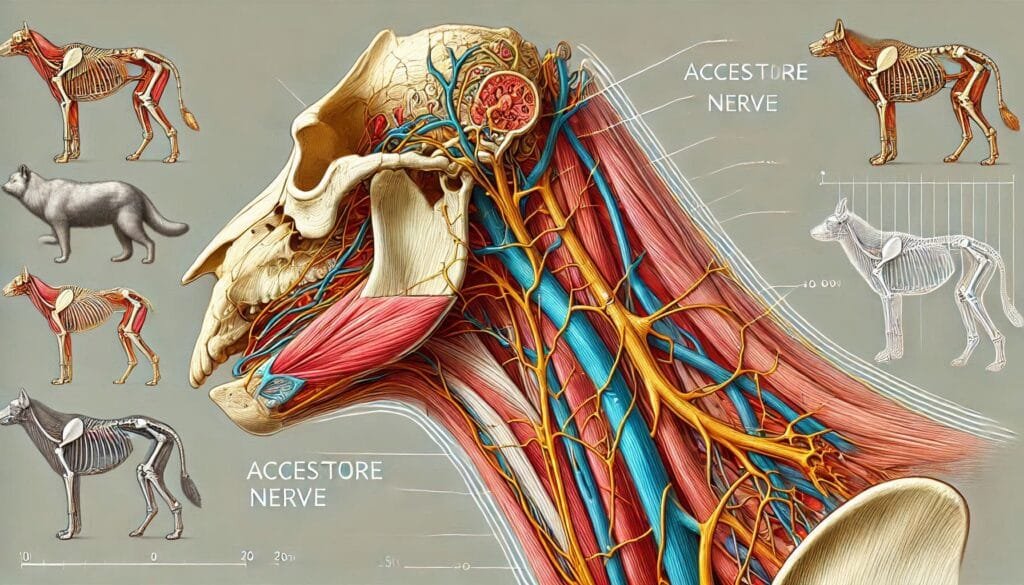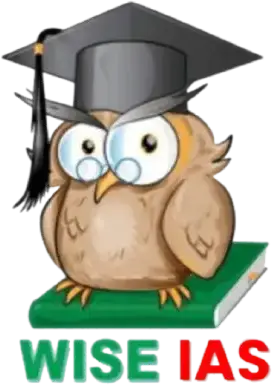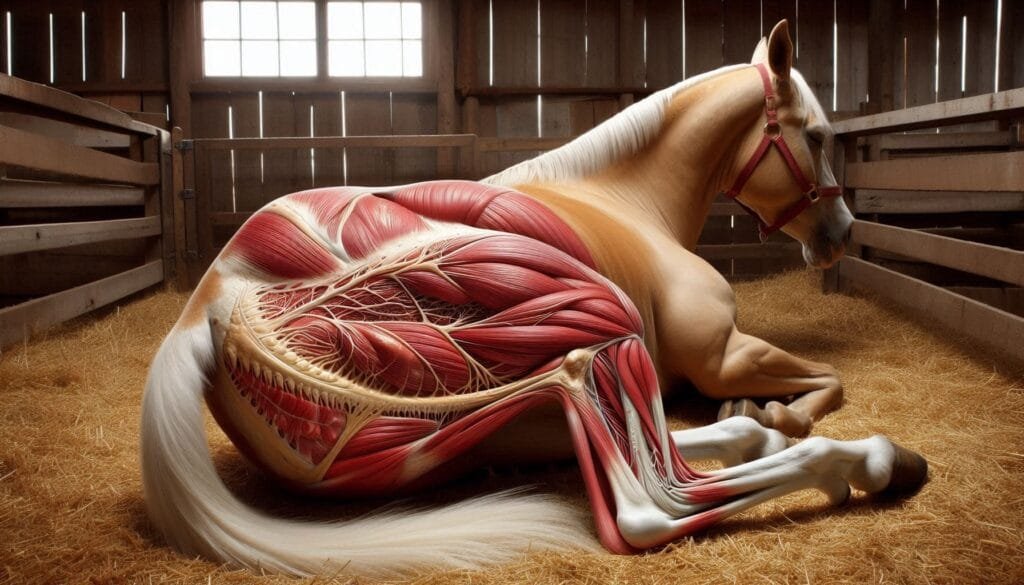The Hypoglossal Nerve (CN XII)

Introduction
The hypoglossal nerve, also known as cranial nerve XII (CN XII), plays a vital role in the motor control of the tongue in domestic animals. This nerve is essential for various functions such as eating, drinking, and vocalization. Understanding its anatomy and function can help veterinarians diagnose potential issues related to tongue movement.
Importance of CN XII
The hypoglossal nerve is crucial for maintaining normal oral function. When this nerve is damaged, it can lead to significant challenges for animals. This article will explore the anatomy, function, clinical significance, and assessment methods for the hypoglossal nerve in domestic animals.
Anatomy of the Hypoglossal Nerve
Origin and Pathway
The hypoglossal nerve originates from the hypoglossal nucleus located in the medulla oblongata. It emerges as several small rootlets that come together to form a single trunk. This trunk passes through the hypoglossal canal before innervating the tongue muscles.
Structure
The hypoglossal nerve is primarily motor in nature. It innervates all extrinsic and intrinsic muscles of the tongue except for one muscle—the palatoglossus—innervated by the vagus nerve. The main muscles affected include:
Genioglossus
This muscle helps protrude the tongue forward.
Hyoglossus
It depresses and retracts the tongue.
Styloglossus
This muscle elevates and retracts the tongue.
Intrinsic Muscles
These muscles change the shape of the tongue for various functions.
Functionality
The primary role of CN XII is to control tongue movements. This control is vital for activities such as:
- Eating: The tongue helps manipulate food.
- Drinking: It aids in licking water.
- Vocalization: Tongue movements are essential for producing sounds.
For more detailed information on cranial nerves, you can visit Cranial Nerves Overview.
Clinical Significance of CN XII
Common Disorders
Damage to the hypoglossal nerve can lead to several disorders that affect an animal’s ability to eat and communicate effectively. Some common issues include:
Glossoplegia
Glossoplegia refers to weakness or paralysis of the tongue muscles. This condition often results from trauma or neurological diseases affecting CN XII. Animals may struggle to move their tongues properly.
Atrophy and Asymmetry
When examining an animal with potential CN XII damage, you may notice atrophy or asymmetry of the tongue. If one side of the tongue appears smaller or weaker than the other, this could indicate a problem with the hypoglossal nerve.
Signs of Dysfunction
Veterinarians look for specific signs when assessing CN XII function:
- Tongue Deviation: When protruded, a damaged tongue may deviate toward the affected side.
- Difficulty Swallowing: Animals may have trouble swallowing food or water.
- Changes in Vocalization: Altered sounds can indicate issues with tongue movement.
For more insight into neurological disorders in animals, check out Veterinary Neurology.
Assessing Hypoglossal Nerve Function
Neurological Examination
A thorough neurological examination is essential for evaluating CN XII function in domestic animals. Here are some methods used by veterinarians:
Visual Inspection
Inspecting the tongue provides immediate clues about its health. Look for signs of atrophy or deviation when the animal sticks out its tongue.
Functional Tests
You can assess an animal’s ability to lick its nose or drink water. If it struggles with these tasks, it may indicate hypoglossal nerve dysfunction.
Palpation
Gently palpating the tongue can help identify areas of pain or weakness.
Diagnostic Imaging
In some cases, veterinarians may recommend imaging studies like MRI or CT scans to evaluate potential causes of CN XII dysfunction. These images can reveal structural abnormalities affecting nerve function.For more information on diagnostic imaging techniques in veterinary medicine, visit Veterinary Imaging.
Treatment Options for CN XII Disorders
Medical Management
Depending on the underlying cause of hypoglossal nerve dysfunction, treatment options may vary:
Medications
Anti-inflammatory drugs can reduce swelling around nerves. Antibiotics may be necessary if an infection is present.
Supportive Care
Providing supportive care is crucial for animals with severe dysfunction. This care may include:
- Soft food diets to ease eating difficulties.
- Hydration support if drinking is problematic.
Surgical Interventions
In cases where trauma has caused significant damage to CN XII, surgical intervention may be necessary. Surgeons can repair or decompress affected nerves to restore function.For more detailed information on veterinary surgeries related to neurological conditions, check out Veterinary Surgery.
Conclusion
The hypoglossal nerve (CN XII) plays an essential role in motor control of the tongue in domestic animals. Understanding its anatomy and function helps veterinarians diagnose and treat conditions affecting this important nerve. Regular assessments and prompt interventions can significantly improve an animal’s quality of life when issues arise.
More from Veterinary Anatomy:
Vas Deferens in Bulls






Responses